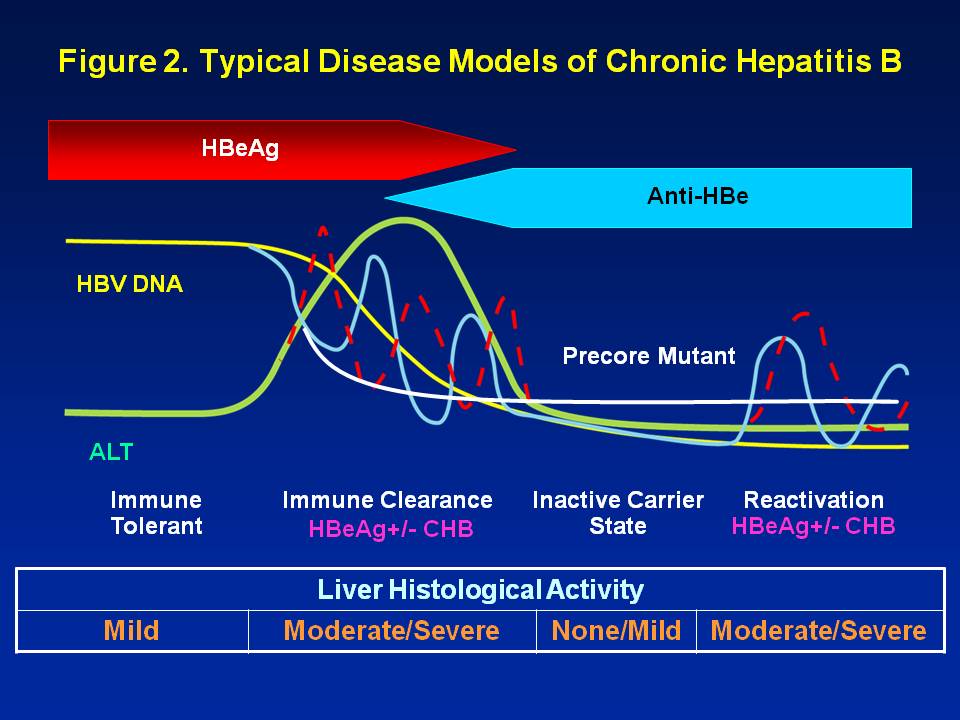 HBF is pleased to connect our blog readers to Christine Kukka’s monthly HBV Journal Review that she writes for the HBV Advocate. The journal presents the
latest in hepatitis B research, treatment, and prevention from recent academic and medical journals. This month, the following topics are explored:
HBF is pleased to connect our blog readers to Christine Kukka’s monthly HBV Journal Review that she writes for the HBV Advocate. The journal presents the
latest in hepatitis B research, treatment, and prevention from recent academic and medical journals. This month, the following topics are explored:
*First Clinical Trial Using “RNA Interference” for Hepatitis B Begins
*Why Do Some People Clear HBsAg After Years of Chronic Infection?
*Longer Antiviral Treatment Urged after Seroconversion to Prevent Relapse
*Federal Officials Dramatically Undercount Liver Disease Deaths in the U.S.
*More Women Than Men Retain Protection Against Hepatitis B After
*Immunization Hepatitis B Cirrhosis Declines in China, But Alcohol-related
*Cirrhosis Rises Hepatitis E Vaccine Development Shows Promise
*Tenofovir Most Effective Antiviral Treatment in HIV-HBV Coinfected Patients
*Study Confirms Coffee Protects the Liver in European Populations
*Hepatitis C Is Also a Risk for Southeast Asians, Including Women
*In Small Trial, Chinese Herbal Medicine Reduces ALT Levels
HBV Journal Review
August 1, 2013
Volume 10, Issue 8
by Christine M. Kukka
First Clinical Trial Using “RNA Interference” for Hepatitis B Begins
A ground-breaking approach to hepatitis B treatment, which manipulates RNA messengers to halt viral replication, has begun its first human clinical trial. If successful, this approach would be a paradigm shift in treatment, possibly re- placing interferon and antivirals.
In animal trials, reported in the May 2013 journal Molecular Therapy, RNA interference (RNAi) treatment reduced hepatitis B surface antigen (HBsAg) levels to undetectable within 24 hours in mice and the antigen remained undetectable for nearly a month.
RNAi treatment works by destroying or “silencing” the molecular messengers that carry im- portant genetic information to the hepatitis B virus (HBV) antigen/ protein factories. Without the critical information that messenger RNA molecules carry, these antigen factories shut down and HBV reproduction de- clines dramatically.
Early RNAi research found that RNA silencing worked extremely well in the liver, but the challenge has been to create a formula and delivery system to target hepatitis B antigens in liver cells without affecting other important cells.
Arrowhead Research Corp. found that when the small RNA interrupters are linked to cholesterol, they target liver cells extremely well, and the addition of special polymers helps the gene silencing process. Arrowhead designed an intravenous formula, called ARC-520, that is utilized in its Phase 1 trial.
The hope is that when the viral load is dramatically reduced, the body’s immune system can gain the upper hand and eradicate the infection on its own.
In addition to its mouse trial, a similar trial involving an HBV infected chimp with an extremely high viral load also led to rapid reduction in HBV DNA and a 90% reduction in another hepatitis B antigen—the hepatitis B “e” antigen (HBeAg).
The clinical trial of ARC-520 (which uses a Dynamic Polyconju- gate delivery platform and includes two distinct RNA silencing agents that should shut down hepatitis B anti- gen reproduction) in humans is taking place in Melbourne, Australia. It is a randomized, double-blind, placebo- controlled trial. Each group of six healthy volunteers will receive either a placebo intra- venous injection or a single dose of ARC- 520…
Continue reading about this and additional studies…








